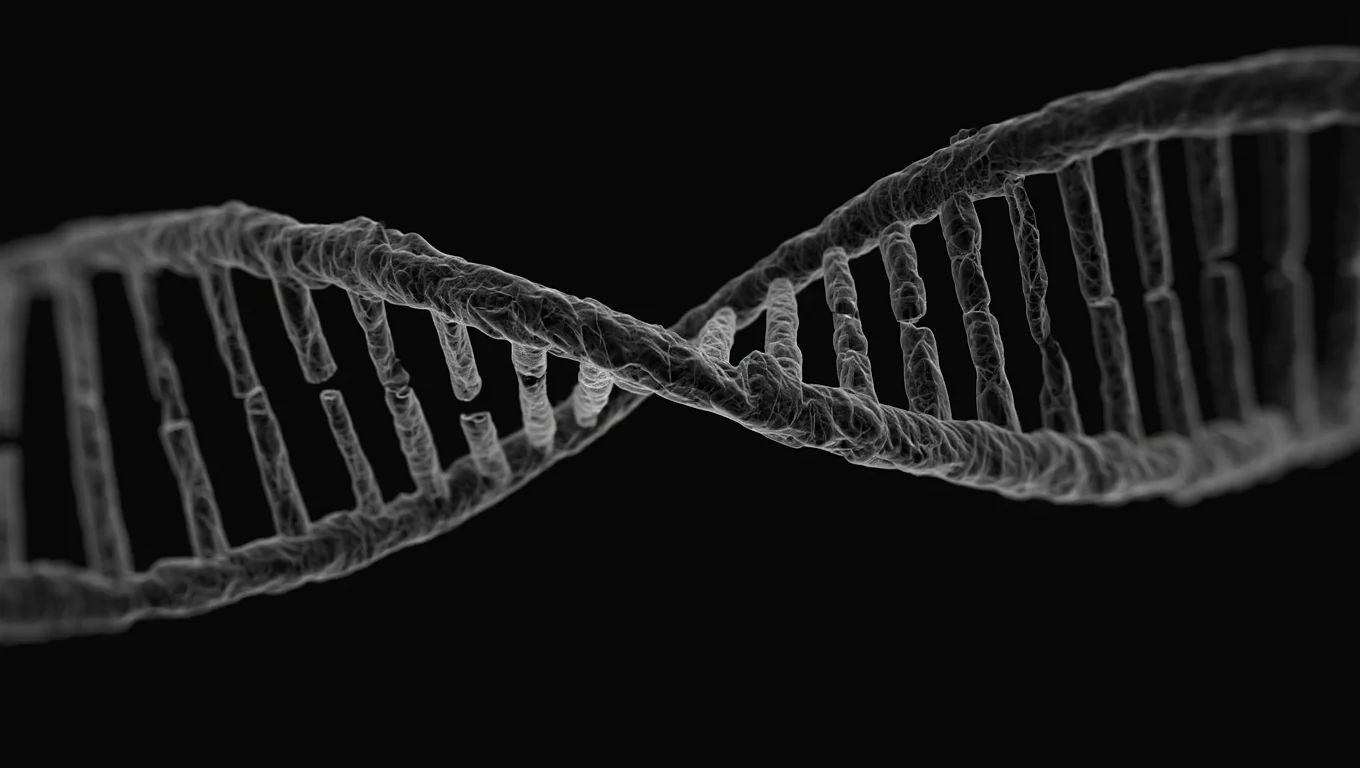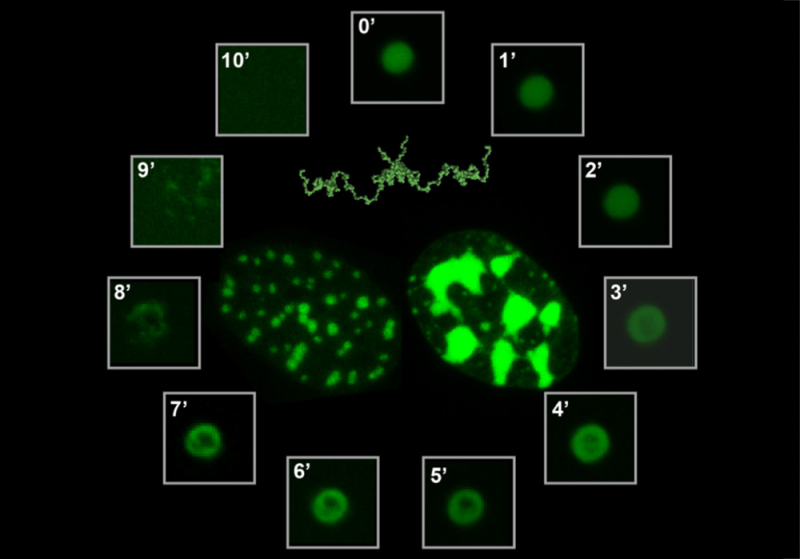Follow us on Google News (click on ☆)
Heterochromatin Protein 1, an architect of DNA
HP1 (Heterochromatin Protein 1) is a chromatin-associated protein that helps compact DNA and control gene activity. It is widely conserved through evolution from fission yeast to mammals. Scientists have long suspected that it can gather DNA into condensates, a kind of droplet, through a process called liquid-liquid phase separation.

This process would allow specific DNA regions to be grouped together to form dense DNA zones called "heterochromatin". But this hypothesis remained controversial, because experimental data on HP1 varies greatly depending on the species studied.
A capacity lost in mammals
In a study published in Nature Communications, scientists directly compared the properties of HP1 from three species: the yeast Schizosaccharomyces pombe, the fly Drosophila melanogaster, and the mouse Mus musculus.
They studied the behavior of these proteins in vitro and in mammalian cells. Result: yeast and fly HP1 does form condensates through phase separation and groups chromatin into dense structures. In contrast, mouse HP1 is incapable of doing so.
Even more surprising, when yeast or fly HP1 is introduced into mouse cells, it can reorganize the chromatin there, proving that this property is functional in a mammalian context. This suggests that HP1's ability to form condensates has been lost through evolution.
The researchers link this loss to two factors: a decrease in the intrinsic disorder in the structure of mammalian HP1 proteins, associated, in the latter, with the attenuation of phase separation by HP1 paralogues (other versions of the protein). In other words, the increasing complexity of cellular systems may have rendered the ancient function of phase separation unnecessary, or even undesirable.

Yeast or fly HP1 can form condensates that facilitate the grouping of heterochromatin regions.
© Fabian Erdel
Finally, even when fly HP1 introduced into mammalian cells causes condensates, the effects on gene expression are modest. This suggests that the spatial organization of chromatin by phase separation is not the main lever for gene regulation, at least in mammals.
This study sheds new light on the relationships between nuclear organization, gene expression, and evolution. It invites a reconsideration of the functional role of condensates in cells and raises a fascinating question: was phase separation, although effective, relegated by other, more refined mechanisms through evolution?